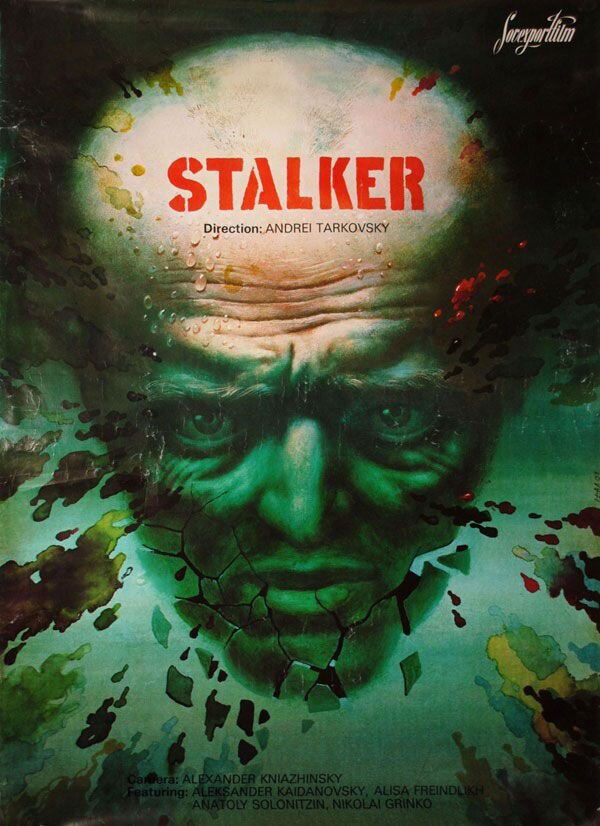INTO THE ZONE PART 1: STALKER (Tarkovsky, 1979, USSR) by Jared Watson
Into The Zone pt.1: Stalker
In 1927, H.P. Lovecraft wrote a short story called “The Colour Out of Space”. The tale accounts the events of a farm and it's inhabitants after being struck by a meteorite in the late 1880’s.
A color seemingly hitched a ride on the meteorite, a color never before seen by the human eye. This color, behaving almost like an organism itself, a virus if you will, spreads throughout the flora and fauna, wreaking havoc and destruction. The surrounding area becomes a hotbed of bizarre, otherworldly occurrences, unexplainable by science.
This idea of a geographical area becoming altered by something otherworldly and alien has embedded itself in our collective imagination. This area has since come to be known as The Zone. A place of virtually mythical proportions. A location that more or less seems to be alive, breathing, and possessing its own intentions.
Andrei Tarkovsky explored this idea in his 1979 sci-fi classic Stalker. Deep within Tarkovsky's Zone lies a room that is said to grant you your deepest desires. In order to access this room however, one must traverse a veritable minefield laden with traps. Not to mention that the Zone is forbidden due to its deadly nature, and is thus guarded by armed soldiers. If one wanted to find this room, one might want to hire a guide, someone to navigate, someone to get them past the guards, a Stalker.
This time, the Stalker (Alexander Kaidanovsky) is hired by a depressed writer (Anatoly Solonitsyn) looking for inspiration and a professor (Nikolai Grinko) seeking scientific discovery. We follow these three men through the zone, and on the way, we learn the motivation for each man's decision for seeking out the room.
Stalker is mind-blowingly beautiful. Tarkovsky chose some of the most prime locations one could find for a setting such as the zone. Sadly though, one of them possibly lead to his eventual death in 1986 from lung cancer. Every frame is worthy of being mounted on the wall. The contrast between the sepia world of Stalker's mundane life, and the full color landscape of The Zone, tells us a little bit of how The Stalker might feel about the different aspects of his existence.
In the end, Stalker is a story about what it means to desire, and how that might relate to selfishness. It explores how much worth there is in seeking out these things immersed in such a deadly environment. It questions what it means to be alive, and the consequences we might face to feel that vigor.
If you’ve never seen this masterpiece, seek it out now to have your mind blown!
Jared Watson is a moviemaker, writer, and avid cinefile. Check out his work: https://www.ridgeviewdrive.com/



